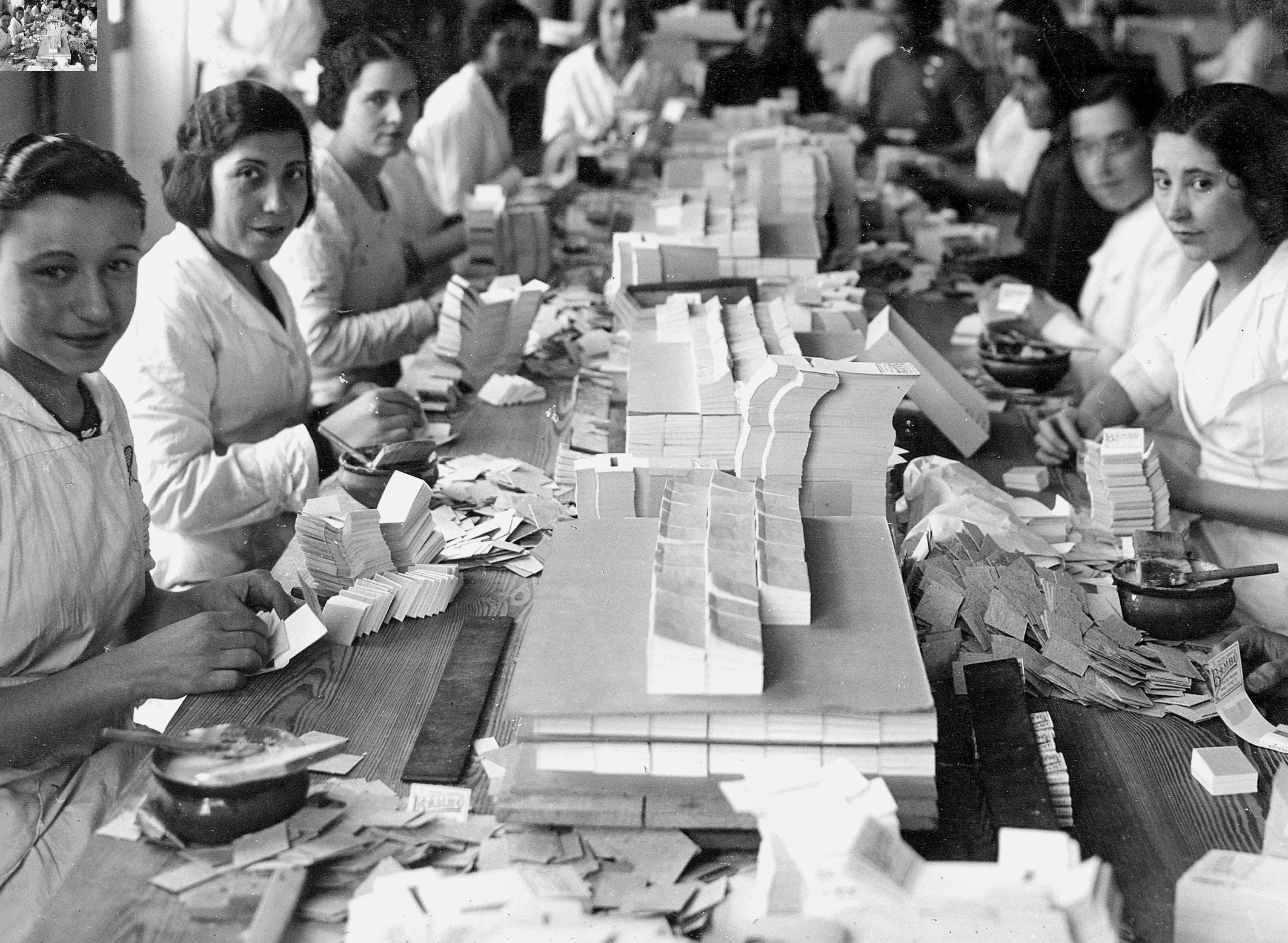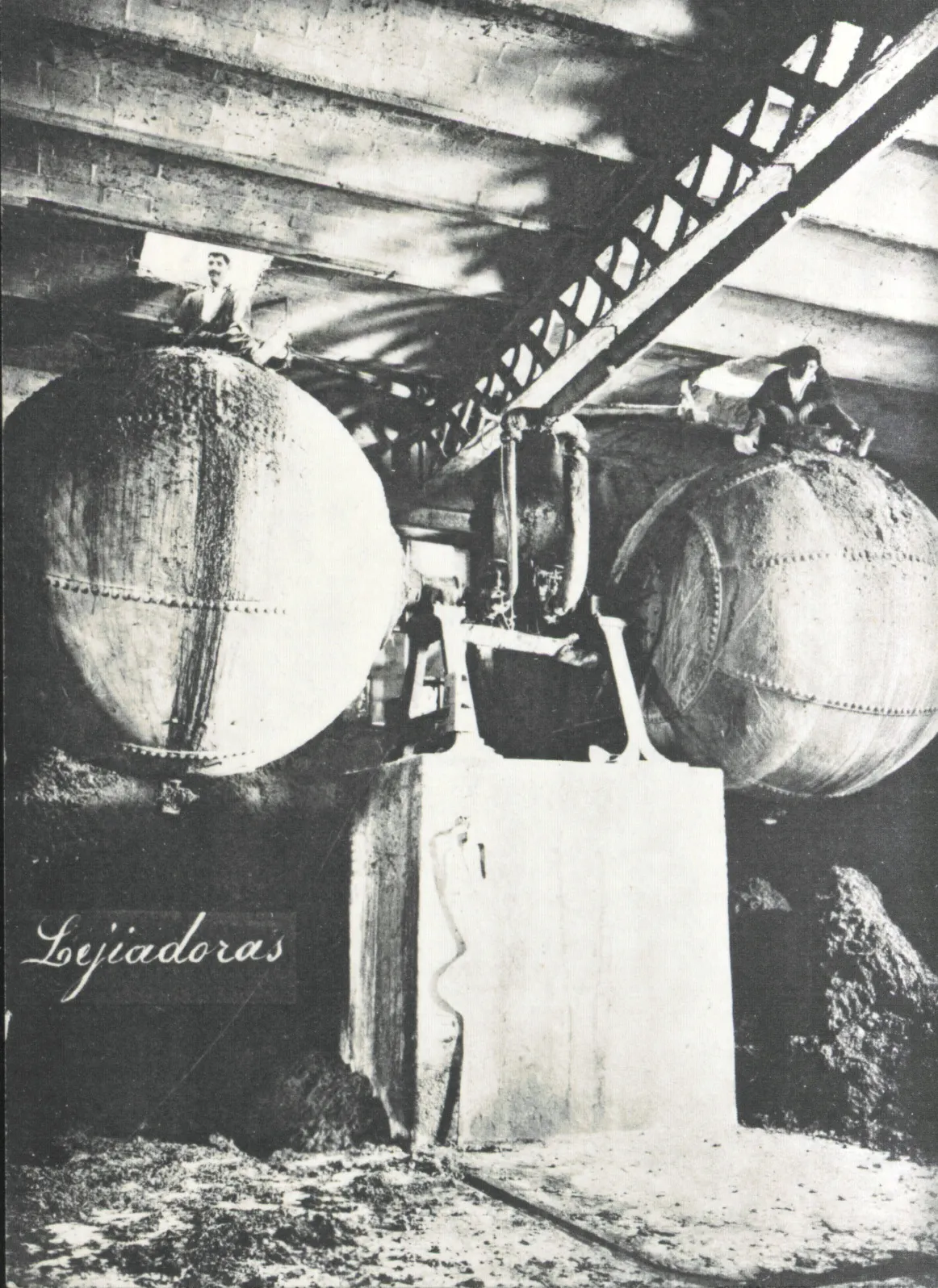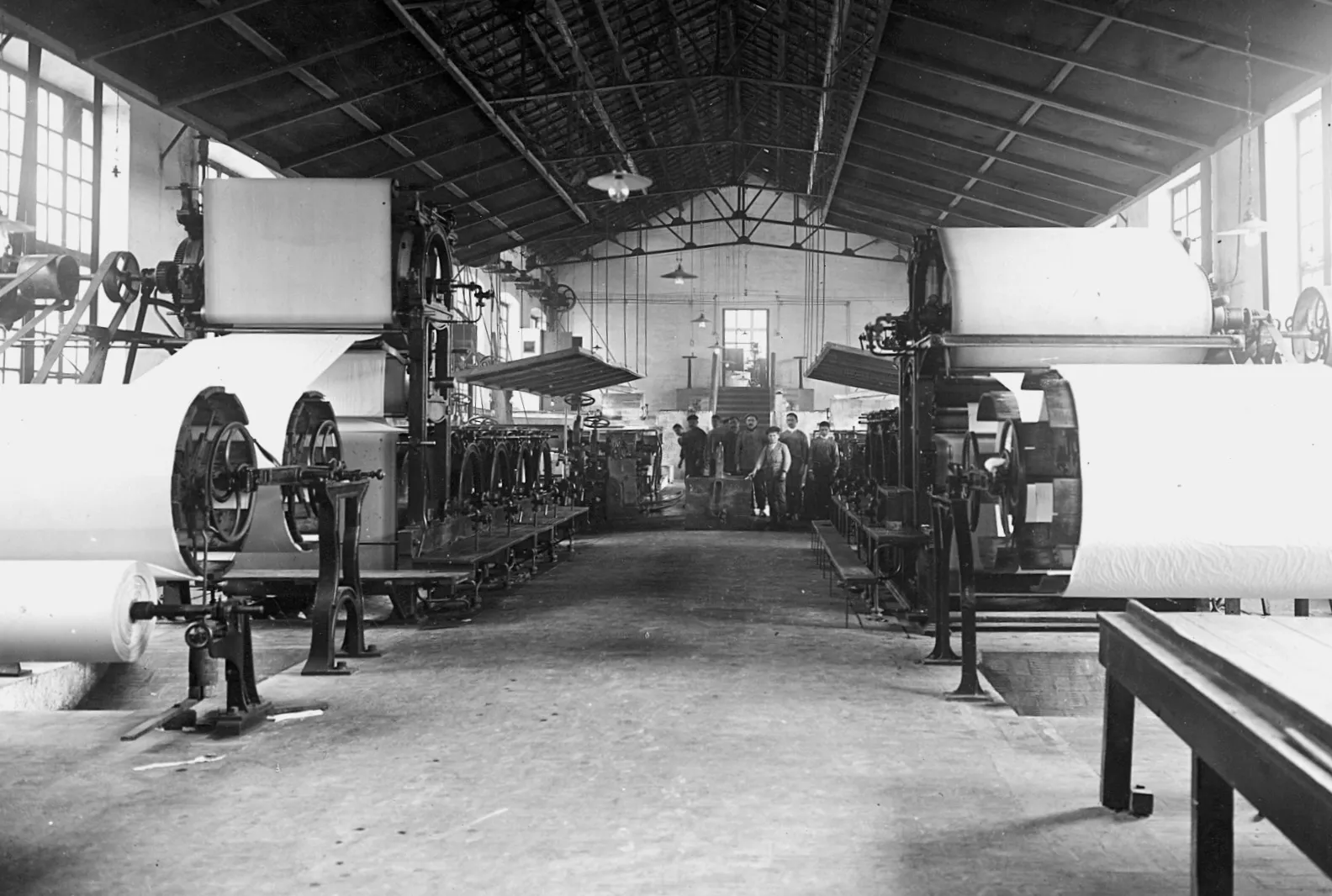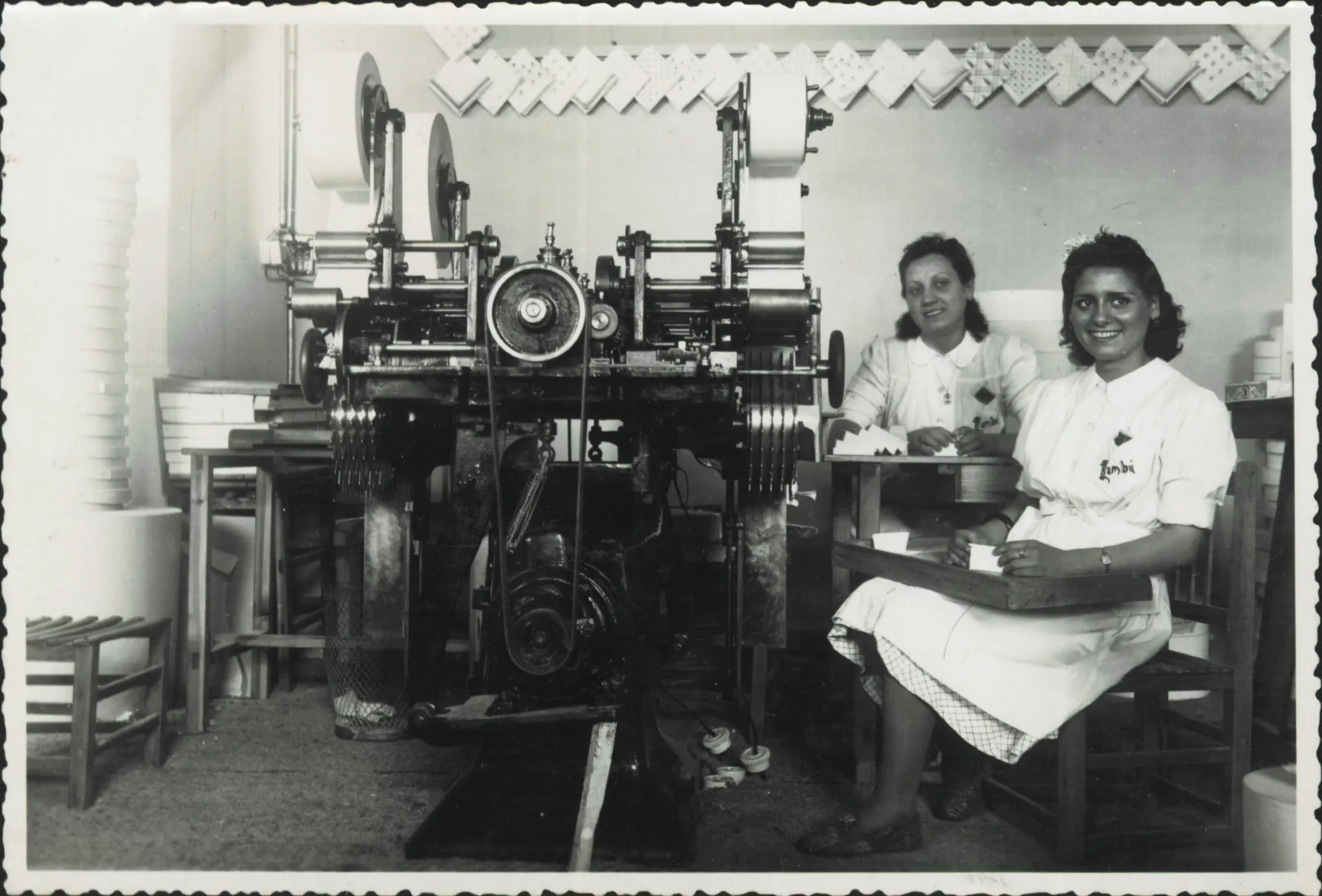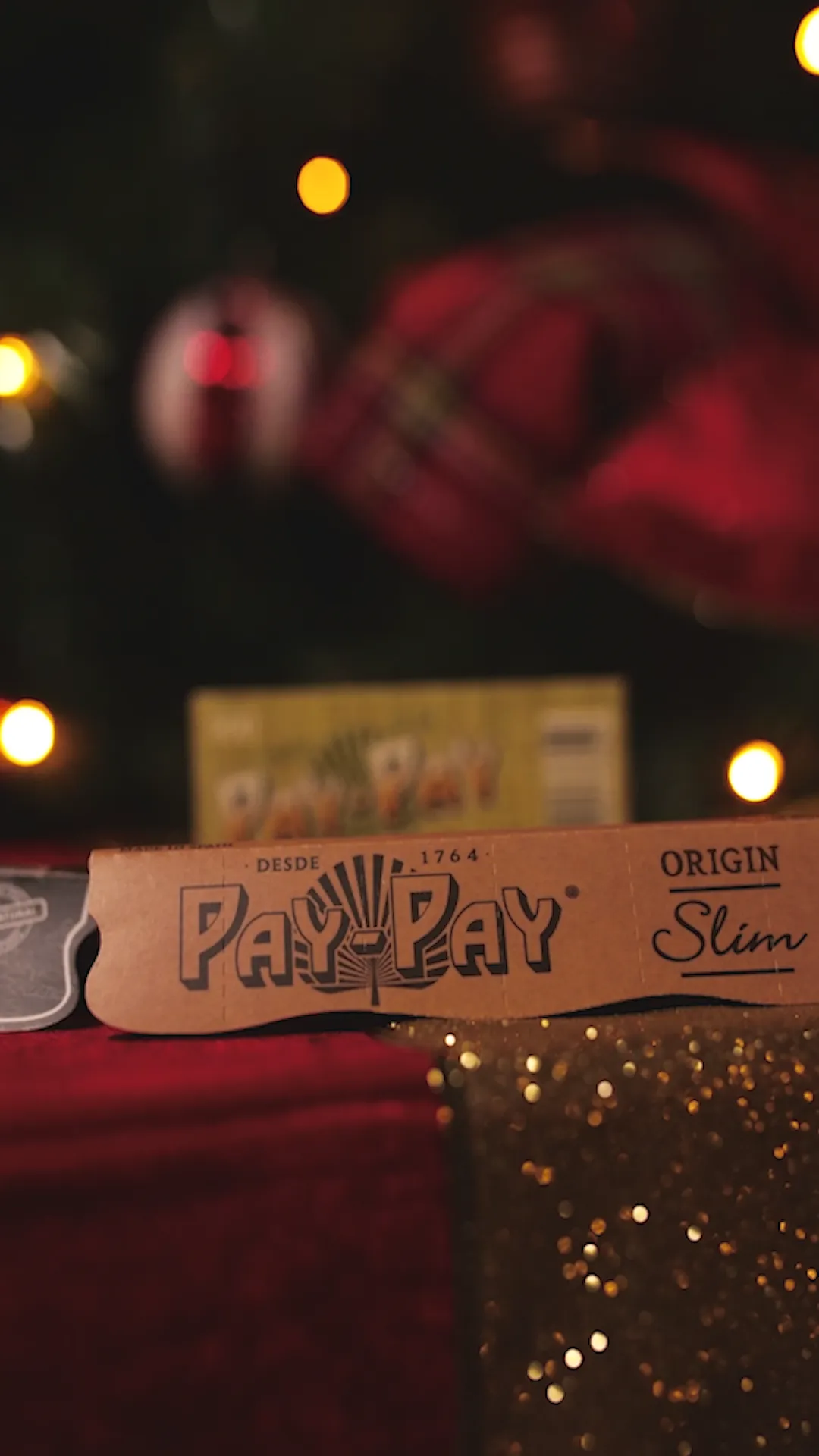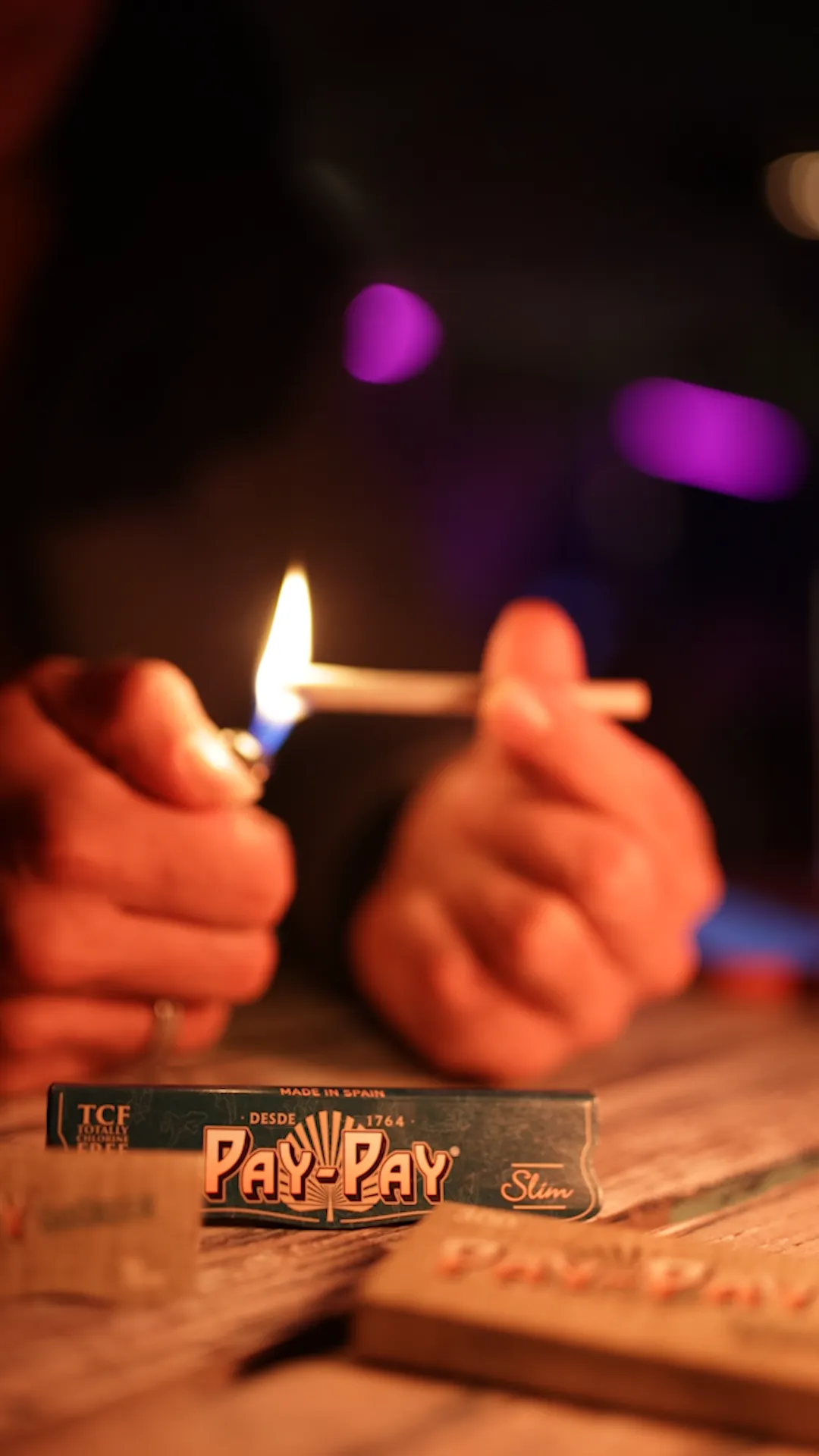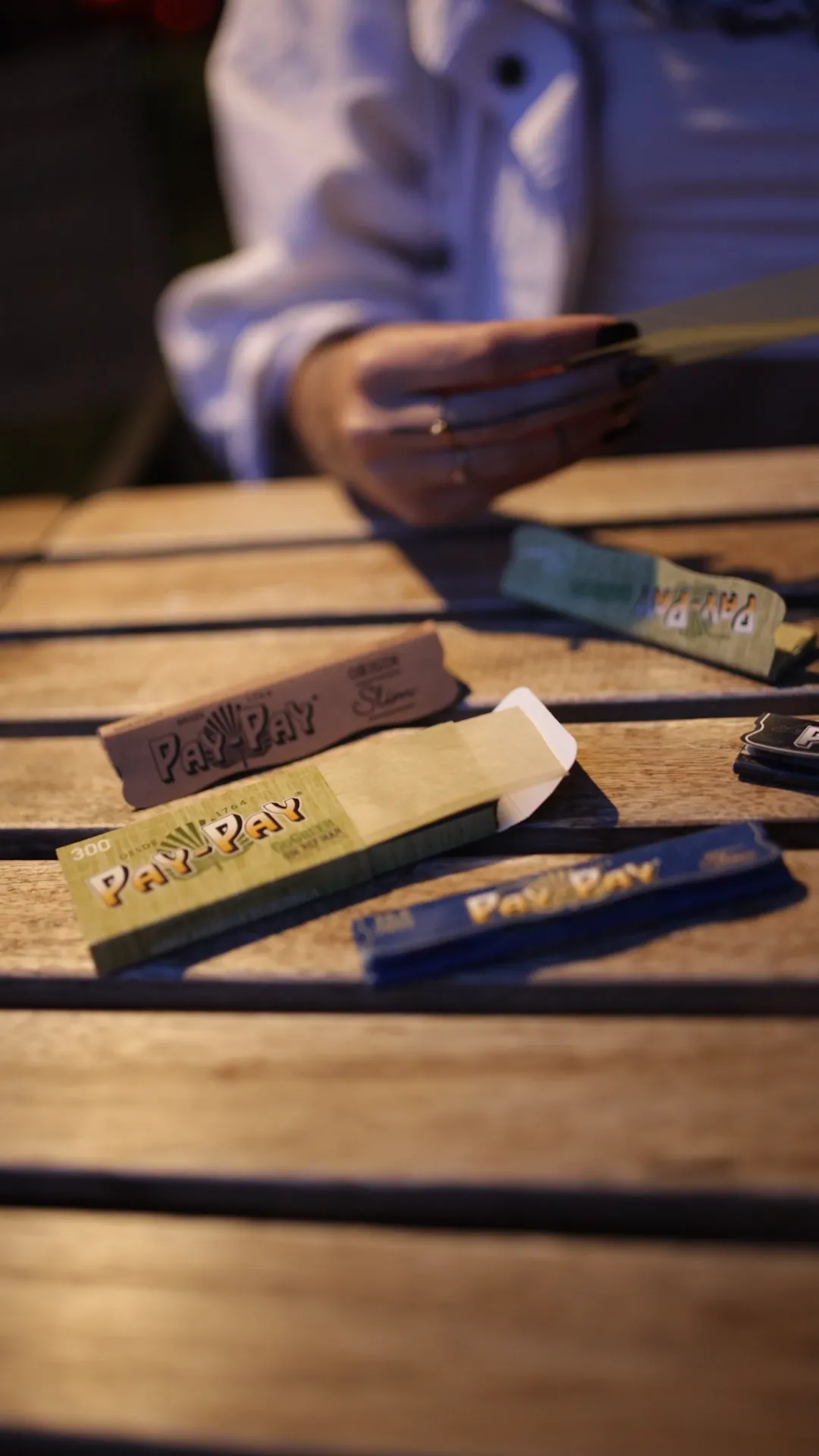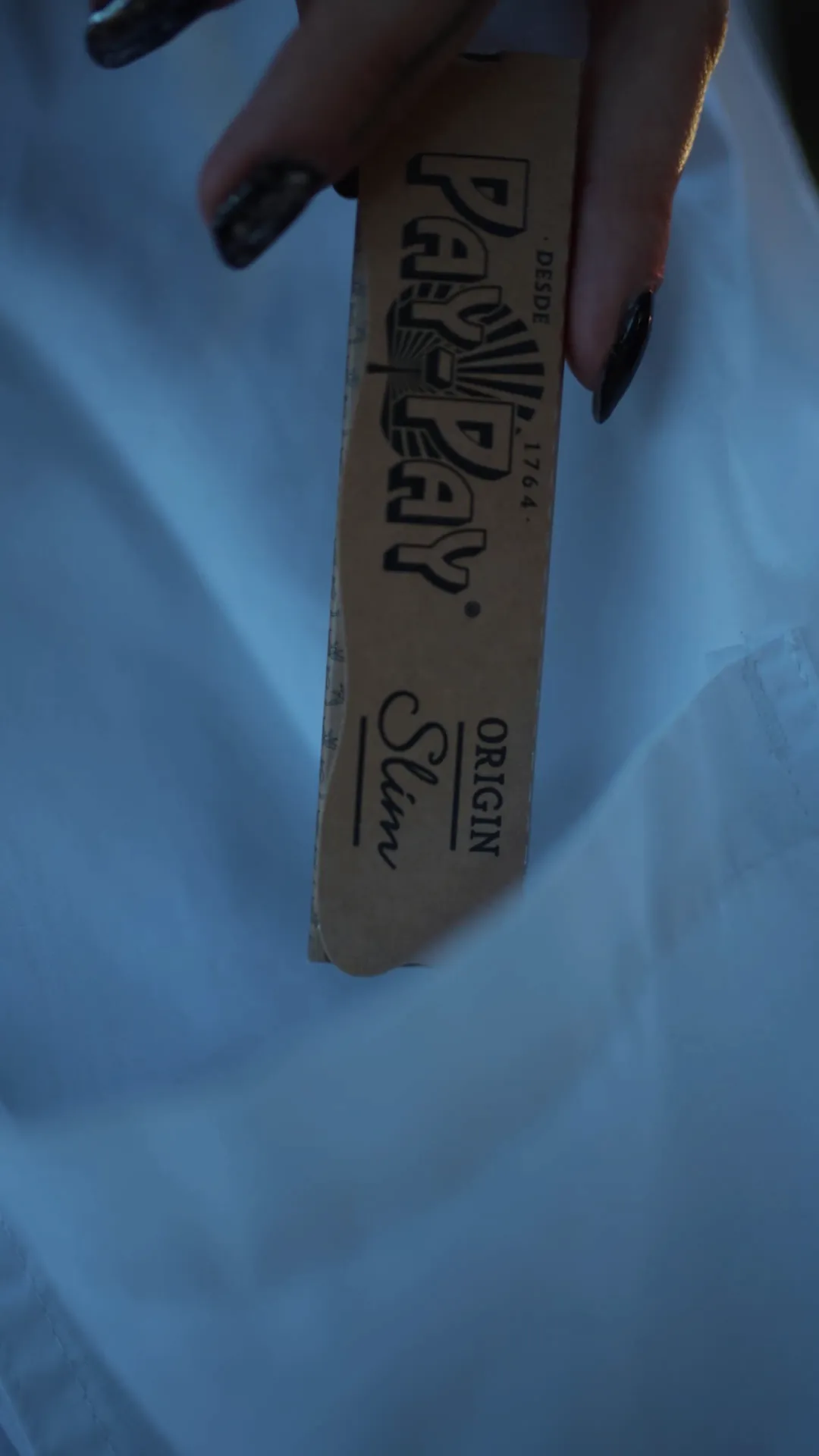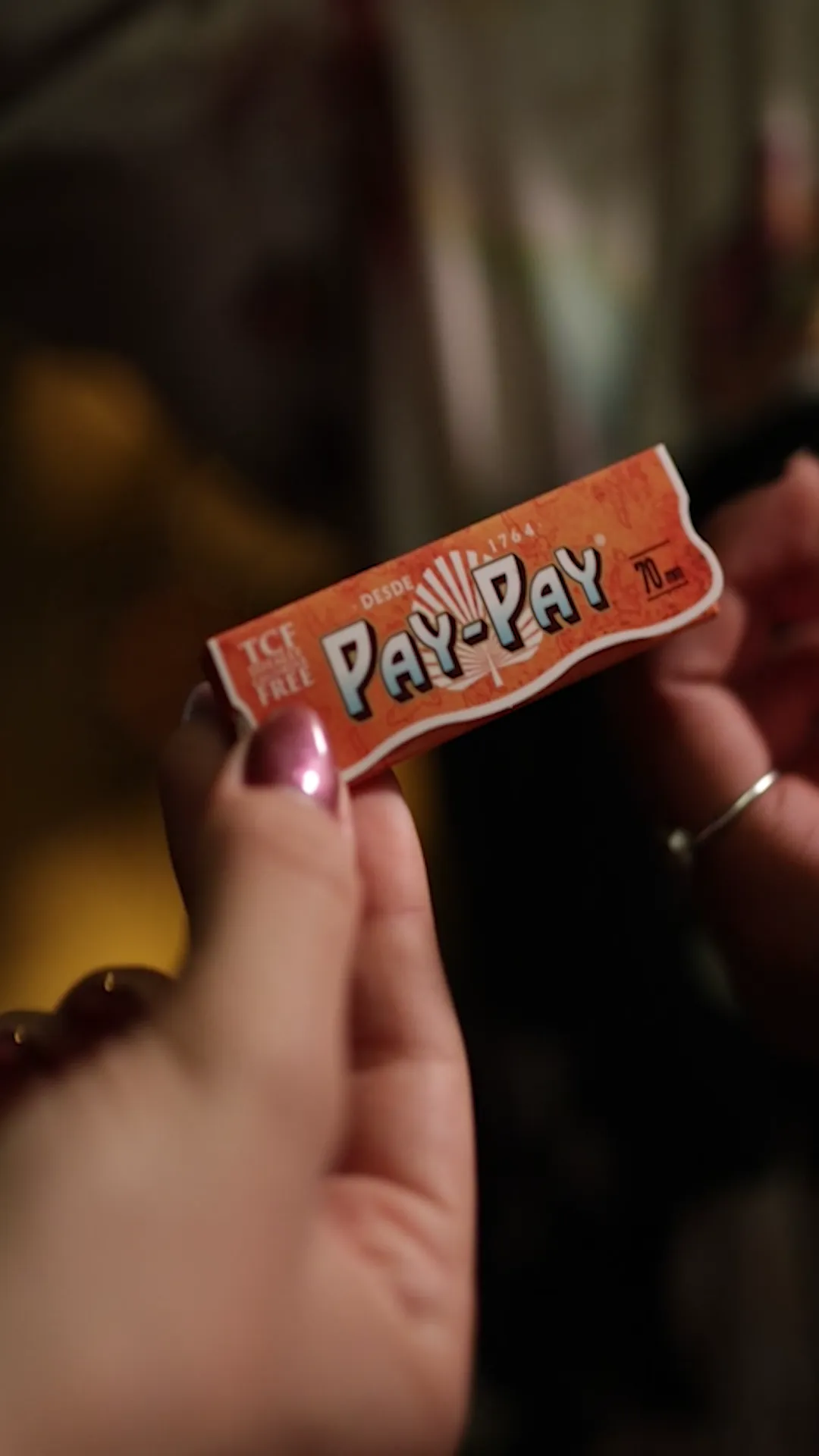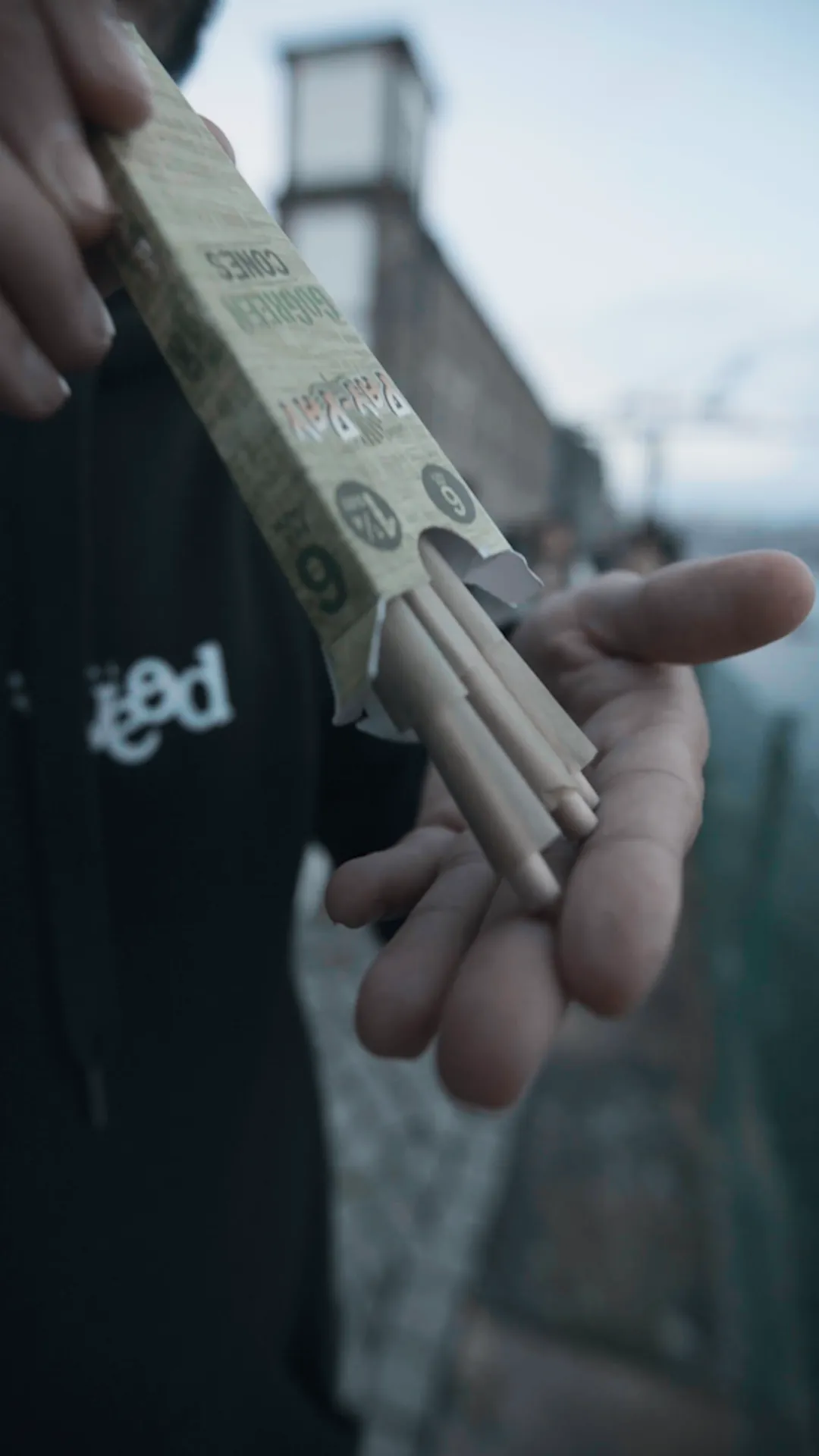Sobre nosotros
PAY-PAY es el papel de fumar más antiguo del mundo.
En 1764 fue la primera vez que se fabricó papel de fumar en la legendaria ciudad papelera de Alcoy (Alicante, España), desde donde se exportaba a numerosos países, especialmente de Latinoamérica, muchas veces a cambio de tabaco.
Hoy, más de 250 años después, PAY-PAY sigue elaborándose muy cerca de su lugar de origen. Allí una moderna fábrica, Iberpapel, ha sido capaz de mantener la antigua tradición papelera adaptándola a los nuevos tiempos.
El respeto a la herencia recibida, la creatividad y la pasión son los ingredientes principales de un legado que sigue contagiándose de generación en generación.
Contar la historia de PAY-PAY es contar la historia del papel de fumar en sí misma.
Si te preguntas qué significa realmente…
Un Pay-Pay es un abanico oriental, normalmente hecho de papel de arroz, con mango rígido y siempre abierto, como el que aparece en nuestro logotipo.
Se trata de un homenaje al continente asiático, región donde se inventó el papel siglos antes de que en Alcoy surgiese el papel de fumar propiamente dicho.

Historia de PAY-PAY
Conoce la rica herencia de Pay-Pay, que ha marcado la historia del papel de fumar desde 1764.
1764
Se instala en Alcoy el primer molino de papel de fumar
A mediados del siglo XVIII se había extendido en España la costumbre de fumar tabaco traído de las Américas. Sin embargo, en Europa el tabaco era un producto sumamente caro para fumarlo en las propias hojas de la planta, por lo que mucha gente optaba por consumirlo en forma de polvo o envuelto en papel de periódico.
Los emprendedores de aquella época, para evitar que aquel grueso papel con tinta fuera fumado, idearon un papel más fino de lo habitual, de 40 grs / m2, blanco, elaborado en grandes hojas de tamaño pliego (doble folio), que el fumador podía cortar a su gusto y necesidad. Pronto, este papel concebido exclusivamente para fumar, hallazgo maravilloso, comienza a tener un gran éxito en todo el mundo. Éste es el primitivo papel de fumar PAY-PAY de Alcoy.
1815
Se inventa el librito de papel de fumar
Con el inicio del siglo XIX la moda del tabaco en polvo decae, se extiende la costumbre de su liado y con ésta pronto nace la necesidad de servir el papel con un tamaño más adecuado a los cigarrillos. Un dominico de la ciudad valenciana de Xátiva, el padre Jaime Villanueva Estingo, inventa el librillo de papel de fumar: delicado objeto y magnífica invención, cuyo uso ha perdurado hasta hoy. Los talleres de libritos de papel de fumar se multiplican en Alcoy, destacando el de PAY-PAY entre todos ellos. Sus tapas lucían bellos grabados alegóricos, junto al nombre del fabricante -Pascual Ivorra-. En ellos también se imprimían largas series sobre la historia de España, sobre figuras y personajes célebres, sobre costumbres, trajes, alegorías, refranes… ofreciéndonos hoy una visión completa de la evolución social y costumbrista de la época.
1883
Se inventa el papel engomado
Se comienza a aplicar una pequeña línea de goma arábiga en uno de los lados mayores del papel de fumar, que facilitará el liado del cigarrillo. Hoy en día, sigue utilizándose esta goma arábiga.
1894
El Engarzado
Se registra un procedimiento para engarzar las hojas: empleado en los actuales libritos.
1898
Ivorra, Payá y Compañía
Se funda la sociedad «Ivorra, Payá y Compañía» e instalan una fábrica de papel en el Salt (Alcoy), en la que Ivorra aporta la ya afamada marca Pay-Pay.
1926
Se disuelve la sociedad de Ivorra y Payá
Francisco Payá Miralles continúa con la fábrica de papel y Pascual Ivorra Carbonell con el taller de manipulado de libritos, emplazado en la calle Venerable Ridaura de Alcoy, donde continúa produciendo Pay-Pay como marca estrella.
1934
PAY-PAY se integra en Papeleras Reunidas, S.A
Los numerosos talleres de papel alcoyanos decidieron unir sus recursos y abrir una fábrica más grande que hiciese más fuerza frente a la competencia. Se llamó Papeleras Reunidas, para indicar que estaban todos unidos como si fuesen uno solo.
Cada uno de los distintos fabricantes aportó sus marcas y conocimientos al nuevo proyecto común, que llegó a convertirse en una gran multinacional. En ella se integró Pascual Ivorra Carbonell con la marca «PAY-PAY», junto a otras de fama mundial, como «Bambú».
1980
Papeleras Reunidas debe cerrar.
La crisis de los 70 y otros problemas logísticos obligan a clausurar a la sociedad, que se declara insolvente y se ve obligada a cerrar.
1988
Se funda la actual fábrica de PAY-PAY, Iberpapel, S.L
La intuición empresarial de José Emilio, cuando Papeleras Reunidas cerró, le llevó a quedarse con algunas máquinas de Papel a cambio de seguir con la actividad y la producción de la marca «PAY-PAY».
Los inicios, ya en solitario, fueron difíciles pero la readaptación fue rápida.
Invirtiendo en personal y maquinaria nueva y aplicando procesos se fue evolucionando manteniendo la esencia del buen hacer en la fabricación de los libritos de papel.
1990
Nuevo diseño de Pay-Pay
Manteniendo los elementos esenciales del diseño antiguo de Pay-Pay, como son los murciélagos y las ranas del fondo y el característico pay-pay (abanico chino) del logo, se realizó una paulatina readaptación del diseño cuyos ejemplares los podemos encontrar hoy en día en importantes exposiciones de papel de fumar de los coleccionistas.
1995
Se comienza a producir PAY-PAY Aromas
Con la readaptación de las máquinas de Papeleras Reunidas y el conocimiento adquirido allí, el equipo comenzó a elaborar algo que hacía mucho tiempo no se hacía y que para el mercado, resultó ser algo totalmente novedoso: papel de fumar con aromas
2002
El Papel Ultrafino PAY-PAY
Con el Ultrafino, el equipo de PAY-PAY dio un paso adelante para satisfacer los gustos de los fumadores. Este nuevo papel Tipo B de PAY-PAY, se fue haciendo paulatinamente más transparente hasta alcanzar la alta calidad de la que disfrutamos hoy.
2003
Nace Pay-Pay magnético
Si Pay-Pay siempre ha sido sinónimo de innovación (veáse la patente de invención para pegar bien el cigarro sin luz o los aromas), en este año pone en marcha una nueva innovación: el cierre magnético del librito para que e permanezca como nuevo hasta la última de sus hojas.
2007
Papel de fumar no blanqueado
La fábrica de PAY-PAY comienza a estudiar diferentes tipos de papeles incluido el papel no blanqueado.
2008
Tubos Pay-Pay
Si bien la tradición artesanal está centrada en el papel de fumar, como ya hemos dicho Pay-Pay se adapta a innovaciones, siempre con ese aire genuino que le caracteriza. Igual sucedió con los tubos vacíos, nuevo artículo Pay-Pay, producidos integramente en la misma fábrica.
2012
Filtros
Con este producto se completa el kit de los accesorios llamado RYO (Roll Your Own) necesarios para liar un cigarrillo: papel y filtros.
2016
Nace PAY-PAY GOGREEN
Una vez más, la fábrica PAY-PAY fiel a su tradición creativa e innovadora, elabora un papel exquisito en cuanto a su presentación, calidad en su quemado y ultrafino; el papel natural cuyo pigmento de color verde se obtiene de la alfalfa.
2019
Relevo generacional
El relevo generacional llega de la mano de una nueva directiva y un grupo de jóvenes con gran iniciativa y creatividad. Con la visión puesta en el futuro, basada en las necesidades de los usuarios, la sostenibilidad y el cuidado del medio ambiente, PAY-PAY sigue creando nuevos productos y mejorando las experiencias de los usuarios.
2020
Nuevo PAY-PAY ORIGIN
Tras años de experiencia y desarrollo en el papel de fumar, se presenta el nuevo papel natural, marrón y sin blanquear.
* Esta historia está basada en el folclore y no está bien documentada. Como todo folclore, es imposible saber que son hechos precisos y que forma parte de relatos de cultura popular. El folclore es una parte importante y muy valiosa de la cultura papelera local y es importante mantenerla con vida y transmitirla sea o no una Historia real contrastada.


